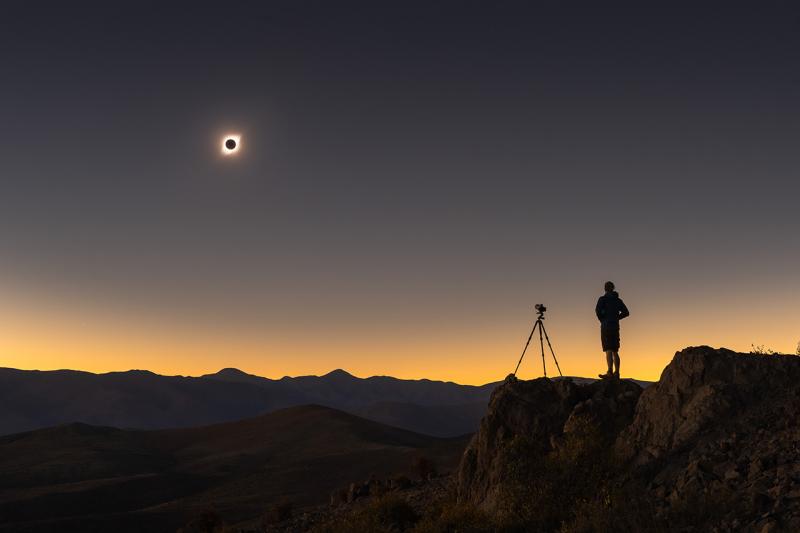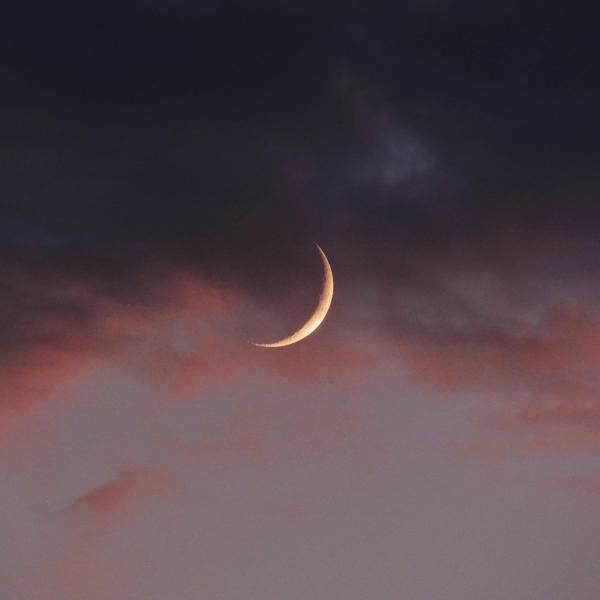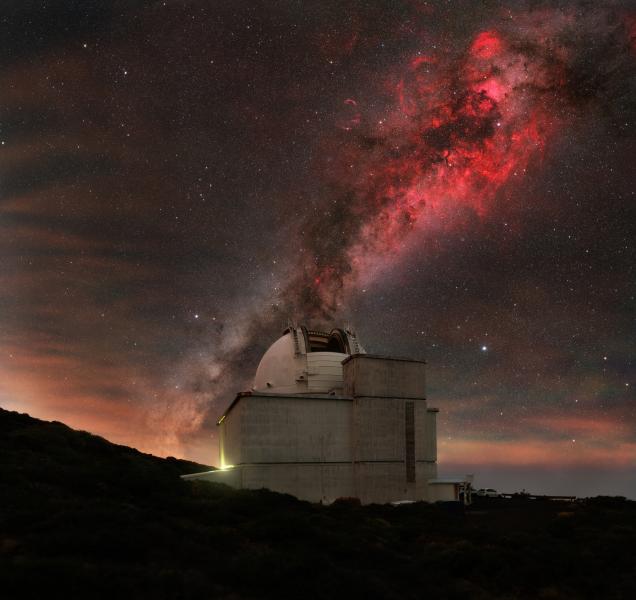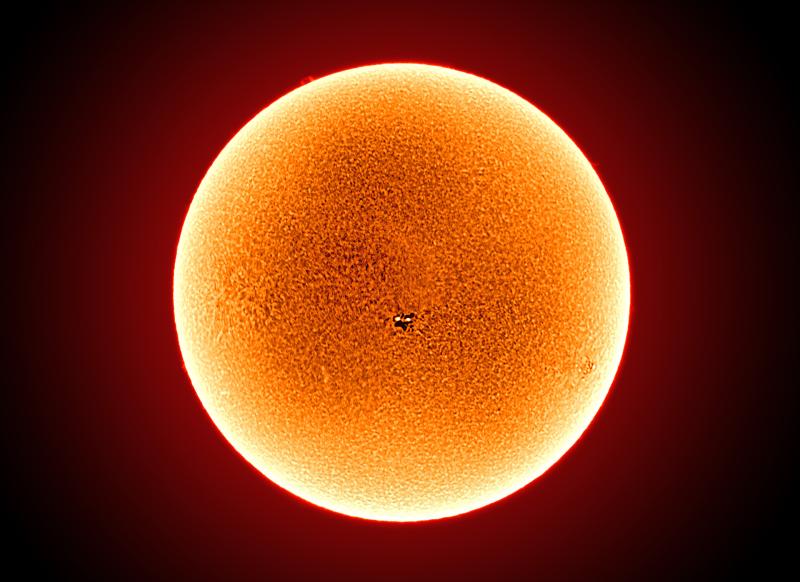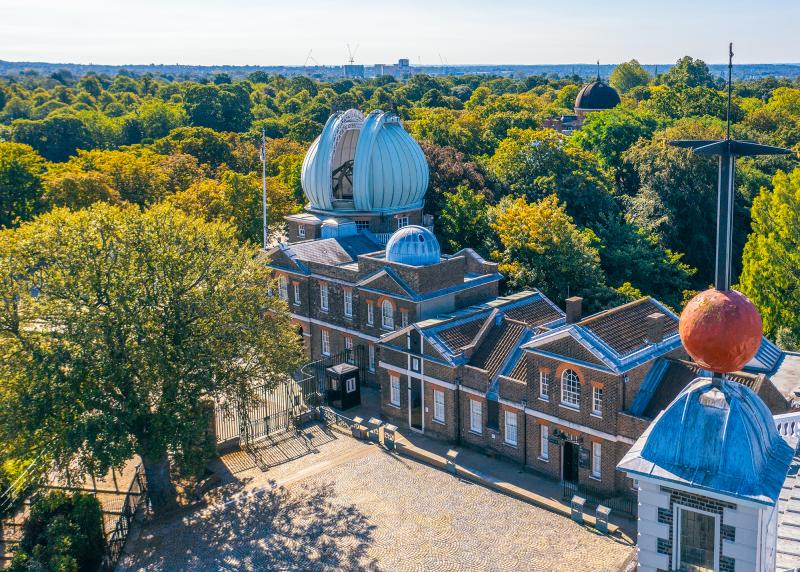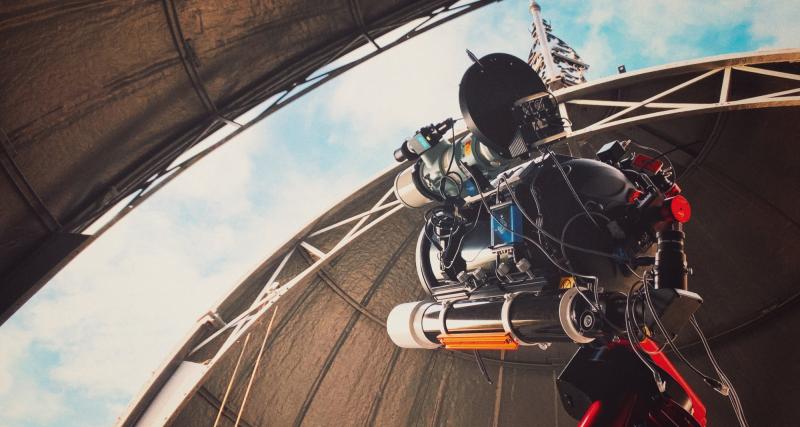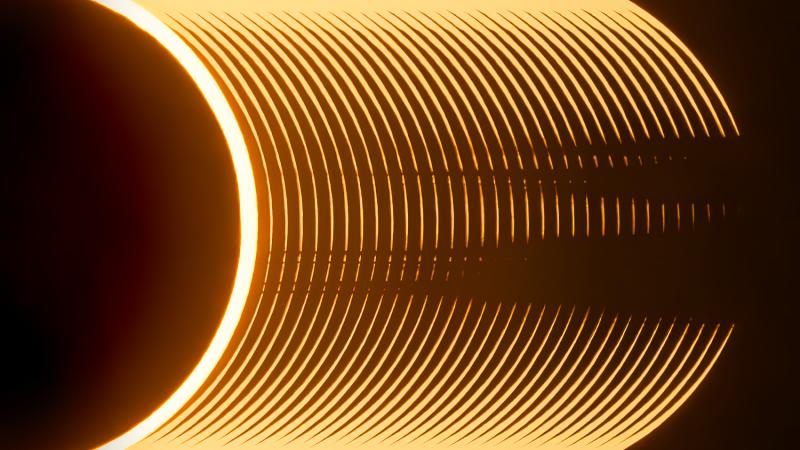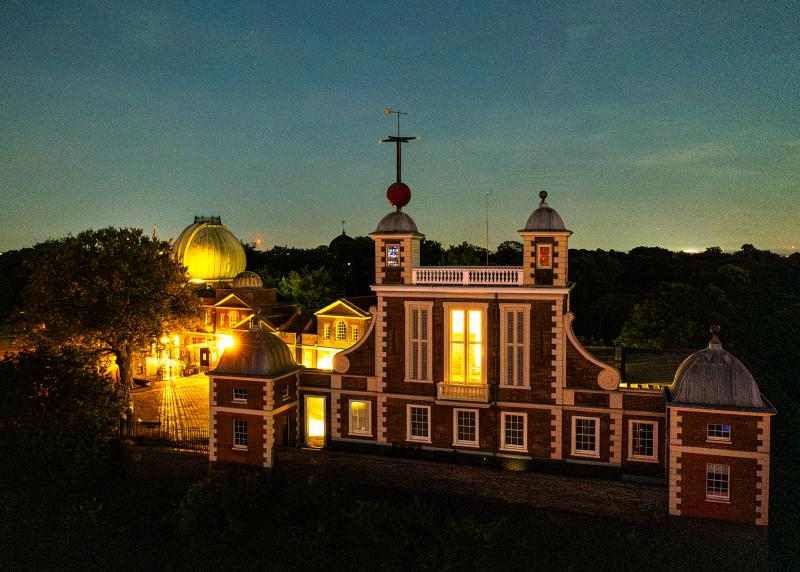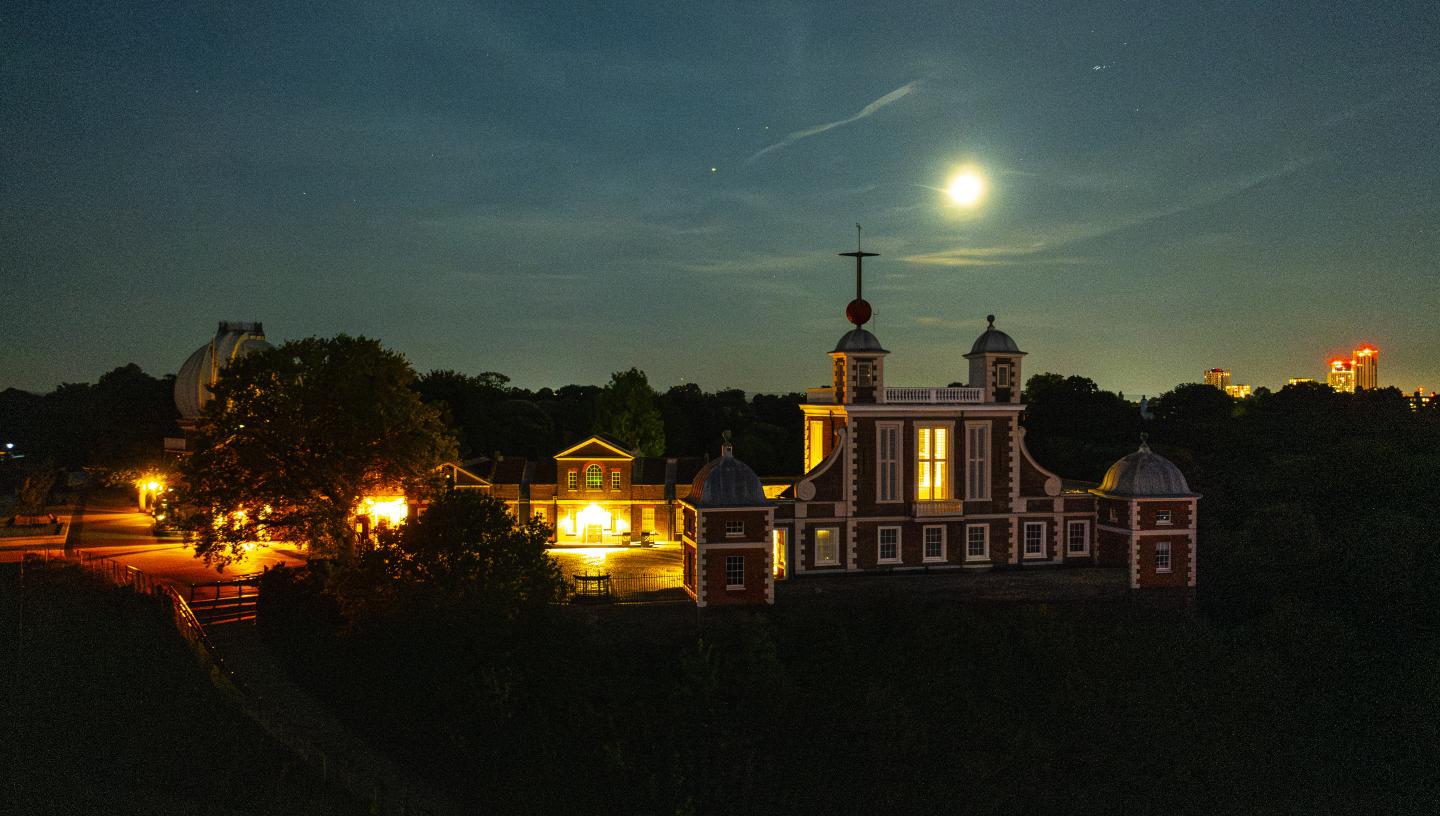
Essential Information
| Type | Events and festivals |
|---|---|
| Location |
Online
|
| Date and Times | Available now |
| Prices | Free |
Join Royal Observatory Greenwich astronomers as they guide you through some of the celestial highlights visible in the UK.
During this special astronomy live stream, first broadcast on 5 February 2025, we scanned the skies using the Royal Observatory's modern telescopes and shared real-time observations of what we found.
From Jupiter and Mars to galaxies, nebulae and the Moon, find out what makes these objects so special and learn how to look for them for yourself.
During the show you'll also get an insight into how astrophotographers take raw images of the sky and transform them into works of art, as we explore some of the images taken with our very own telescopes.
This free live stream was hosted as part of National Astronomy Week, a series of online events and activities celebrating the wonders of space.
Watch back on YouTube or Facebook, and check out our full range of astronomy live streams here.
Your guide to the night sky
Sign up to our space newsletter and get updates from the Royal Observatory, including monthly guides to the night sky, astronomy events, Astronomy Photographer of the Year news and more.
What is National Astronomy Week?
National Astronomy Week 2025 runs from 1-9 February and is supported by the Royal Astronomical Society, British Astronomical Association, Federation of Astronomical Societies, and Society for Popular Astronomy.
National Astronomy Week doesn't occur at the same time each year; it's instead held when there is a significant astronomical event that attracts public attention. In previous years it was held when Halley's Comet returned to Earth, when there was a close approach of Mars, and on the 400th anniversary of the invention of the telescope.
This particular week in 2025 was chosen to celebrate a planetary gathering of Mars, Jupiter, Venus and Saturn in the evening sky.
